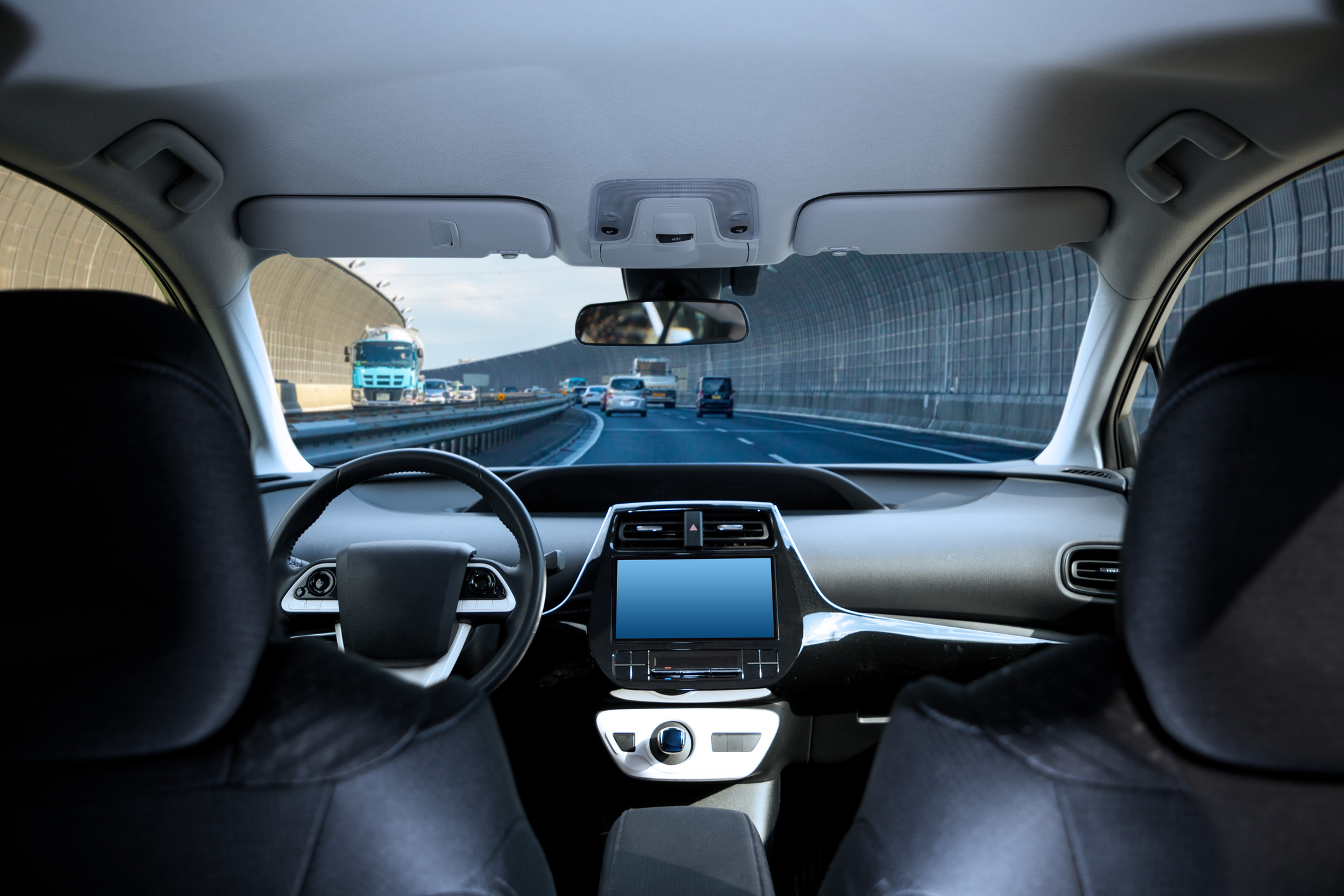While their public rollout is relatively recent—dating back only to 2023—driverless taxis, also known as “robotaxis,” are rapidly gaining momentum and catching the attention of countries and cities worldwide. Although only the United States and China have truly taken the plunge with public services so far, a European nation is about to join them: the United Kingdom.
Autonomous Taxis Coming to London in 2026
It will be a historic first for Europe. London is set to welcome its first autonomous taxis next year, operated by Waymo, a subsidiary of Google. Accessible through the Waymo app, the service will launch once the operator completes mapping the British capital’s streets and secures the final necessary permits.
But Waymo may not be alone on London’s roads for long. Other companies, including Uber and Chinese tech giant Baidu, are reportedly eyeing the market in the near term as well. It’s shaping up to be a crowded field in what promises to be a lucrative sector. If the London experiment proves successful, the technology could quickly cross the Channel to continental Europe—provided the EU shifts from its typically cautious, if not overly conservative, regulatory approach to a more permissive and pragmatic stance on autonomous vehicles.
Key Milestones in Autonomous Taxi History
1980s-90s: From Science Fiction to Reality
In the United States, various research projects and universities developed the first prototypes and conducted initial experiments with short trips in driverless vehicles.
2000s-2010s: Growing Sophistication
Still driven largely by American universities, autonomous vehicles became more advanced, with improved capabilities and the ability to navigate all types of terrain. This progress attracted new investors and tech giants.
2009-2015: The Google Era Begins
Google and its subsidiary Waymo launched and developed their autonomous car program during this period, resulting in the first prototypes being tested on California roads—though still with a human safety driver on board.
2020: The Commercial Breakthrough
This marked the key date for offering driverless rides to the general public. Waymo received authorization to operate its autonomous taxis in a small area of Phoenix, Arizona, followed two years later by San Francisco.
2023: Accelerated Expansion
The pace quickened with expanded operations in California and, significantly, China launching its first driverless taxis in multiple cities.
2025-2030: The Growth Years Ahead
These five years should see autonomous taxis truly expand across the US with new operators like Tesla entering the market, in China (where 300,000 robotaxis are expected), and possibly even in Europe—at least within the EU, assuming overly strict regulations don’t stifle the technology’s growth.
2026: London Breaks New Ground
London becomes the first European city to offer driverless taxis to the public.

